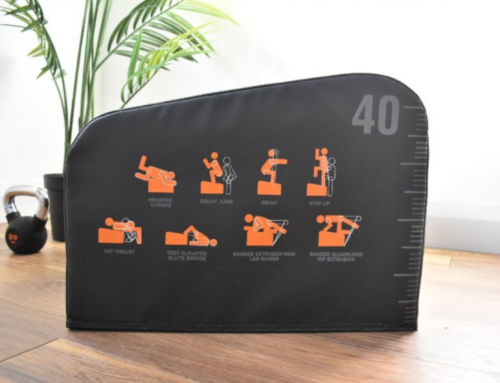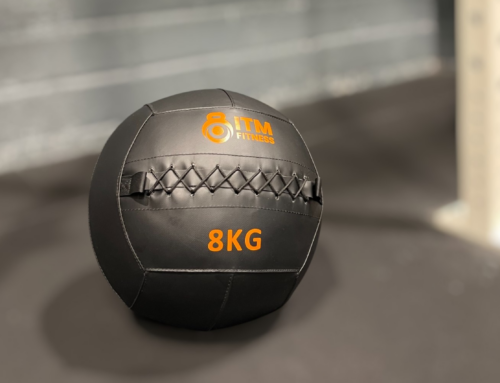Eating Right for Home Workouts
How to eat when you’re planning workouts
Of all the things you can do to improve your at-home workout, eating healthy is the most important. Having said that, for a lot of people, if they were in control of their eating habits, they may not need to workout. Harsh but true in a lot of cases.
In today’s society, with the prevalence of fast food, online ordering and delivery services, it can be easy for any of us to fall into the trap of putting on the pounds and becoming unhealthy. Of course, you can have a low BMI and still be unhealthy from having a poor diet.
Proper nutrition provides the fuel your body needs to power through your workouts, recover quickly, and build muscle. In this article, we’ll discuss the basics of eating right for a home workout.

First, it’s important to understand that the quality of your diet is just as important as the quantity. Focus on eating whole, nutrient-dense foods that are rich in vitamins, minerals, and fiber. These include fruits, vegetables, whole grains, lean proteins, and healthy fats.
When it comes to the quantity of your food, it’s important to eat enough to fuel your workouts, but not so much that you’re consuming excess calories. This can be tricky, as everyone’s caloric needs are different based on factors like age, gender, weight, and activity level. A registered dietitian can help you determine your individual caloric needs, or you can use an online calculator as a starting point.
In general, aim to consume a balance of macronutrients – protein, carbohydrates, and fats – at each meal. Protein is especially important for building and repairing muscle, so be sure to include a source of lean protein (like chicken, fish, tofu, or beans) in each meal and snack. Carbohydrates are your body’s preferred source of energy, so include complex carbs (like whole grains, fruits, and vegetables) in your diet. And don’t forget about healthy fats, which provide energy and support brain and heart health. Good sources include nuts, seeds, avocado, and olive oil.
Timing your meals and snacks can also be important for fueling your workouts and promoting recovery. Aim to eat a meal containing protein and carbohydrates 2-3 hours before your workout to provide energy, and a snack containing protein and carbohydrates 30-60 minutes before your workout to top off your glycogen stores. After your workout, aim to eat a meal or snack containing protein and carbohydrates within 30 minutes to promote muscle recovery and growth.
In addition to these general guidelines, it’s important to listen to your body and adjust your diet as needed. If you’re feeling sluggish during workouts, you may need to increase your carbohydrate intake. If you’re not seeing the muscle gains you want, you may need to increase your protein intake. And if you’re feeling overly full or bloated during workouts, you may need to adjust the timing or size of your meals and snacks.

In summary, eating right is essential for a successful at-home workout. Focus on consuming whole, nutrient-dense foods in the right quantities and macronutrient balance to fuel your workouts and promote recovery. Listen to your body and adjust your diet as needed to optimize your performance and results.
Certainly, I’d be happy to discuss the perils of rescuing a dog. First and foremost, it’s important to note that rescuing a dog is a noble and admirable act that can bring tremendous joy and fulfillment to both the rescuer and the rescued. However, it’s also important to be aware of the potential challenges that can arise when taking on a rescue dog.
One of the main perils of rescuing a dog is the potential for behavioral issues. Many rescue dogs come from difficult backgrounds, such as neglect, abuse, or abandonment, which can lead to behavioral problems such as aggression, fearfulness, or separation anxiety. It’s important to be prepared for these kinds of challenges and to have a plan in place for addressing them. This may involve working with a professional dog trainer or behaviorist, implementing a consistent training routine, and providing plenty of love, patience, and understanding.
Another potential peril of rescuing a dog is the financial burden that can come along with it. Depending on the dog’s age, health, and background, they may require extensive veterinary care, including vaccinations, spaying or neutering, dental work, and treatment for any pre-existing conditions. Additionally, rescue dogs may have behavioral issues that require professional intervention or specialized training, which can be costly. It’s important to consider these potential expenses before committing to rescuing a dog, and to have a plan in place for covering them.
Finally, it’s important to be aware of the potential emotional toll that rescuing a dog can take. Many rescue dogs have experienced trauma or hardship, and may require extra patience, love, and understanding in order to feel safe and secure in their new home. This can be emotionally challenging for the rescuer, particularly if they are not prepared for the potential difficulties that may arise. It’s important to have a support system in place, whether that be through friends, family members, or a therapist, in order to cope with any emotional challenges that may arise.
In conclusion, while rescuing a dog can bring tremendous joy and fulfillment, it’s important to be aware of the potential perils that can come along with it. By being prepared for potential behavioral issues, financial burdens, and emotional challenges, rescuers can provide a safe and loving home for their furry friend and ensure a happy and healthy life for all involved.
 Irish Owned
Irish Owned





Leave A Comment